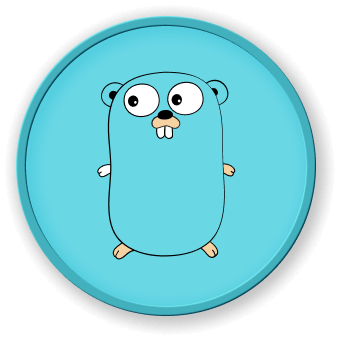Encoding Strategies
JSON Encoding Options
Go provides multiple strategies for JSON encoding, each suited to different scenarios:
| Strategy |
Method |
Use Case |
json.Marshal() |
Standard encoding |
Simple struct serialization |
json.MarshalIndent() |
Formatted encoding |
Human-readable output |
json.NewEncoder() |
Stream encoding |
Large data or I/O operations |
Basic Encoding Techniques
package main
import (
"encoding/json"
"fmt"
"os"
)
type Product struct {
Name string `json:"name"`
Price float64 `json:"price"`
}
func main() {
// Standard Marshaling
product := Product{"Laptop", 999.99}
jsonData, _ := json.Marshal(product)
fmt.Println(string(jsonData))
// Formatted Marshaling
prettyJSON, _ := json.MarshalIndent(product, "", " ")
fmt.Println(string(prettyJSON))
}
Stream Encoding
func streamEncoding() {
products := []Product{
{"Laptop", 999.99},
{"Smartphone", 599.99},
}
// Encode directly to file
file, _ := os.Create("products.json")
defer file.Close()
encoder := json.NewEncoder(file)
encoder.SetIndent("", " ")
encoder.Encode(products)
}
Encoding Strategies Flowchart
graph TD
A[JSON Encoding] --> B{Data Size}
B --> |Small| C[json.Marshal]
B --> |Large| D[json.NewEncoder]
A --> E{Formatting Needed}
E --> |Yes| F[json.MarshalIndent]
E --> |No| G[Direct Marshaling]
Advanced Encoding Techniques
Selective Field Encoding
type User struct {
Username string `json:"username"`
Password string `json:"-"` // Exclude from JSON
Email string `json:"email,omitempty"` // Omit if empty
}
Handling Encoding Errors
func safeEncode(data interface{}) ([]byte, error) {
jsonData, err := json.Marshal(data)
if err != nil {
return nil, fmt.Errorf("encoding error: %v", err)
}
return jsonData, nil
}
- Use
json.NewEncoder() for large datasets
- Minimize reflection overhead
- Implement
json.Marshaler for custom types
- Avoid unnecessary allocations
LabEx Recommendation
Experiment with different encoding strategies in LabEx's interactive Go environments to understand their nuances and performance implications.
Key Takeaways
- Choose encoding method based on use case
- Handle potential encoding errors
- Use struct tags for fine-grained control
- Consider performance for large datasets




